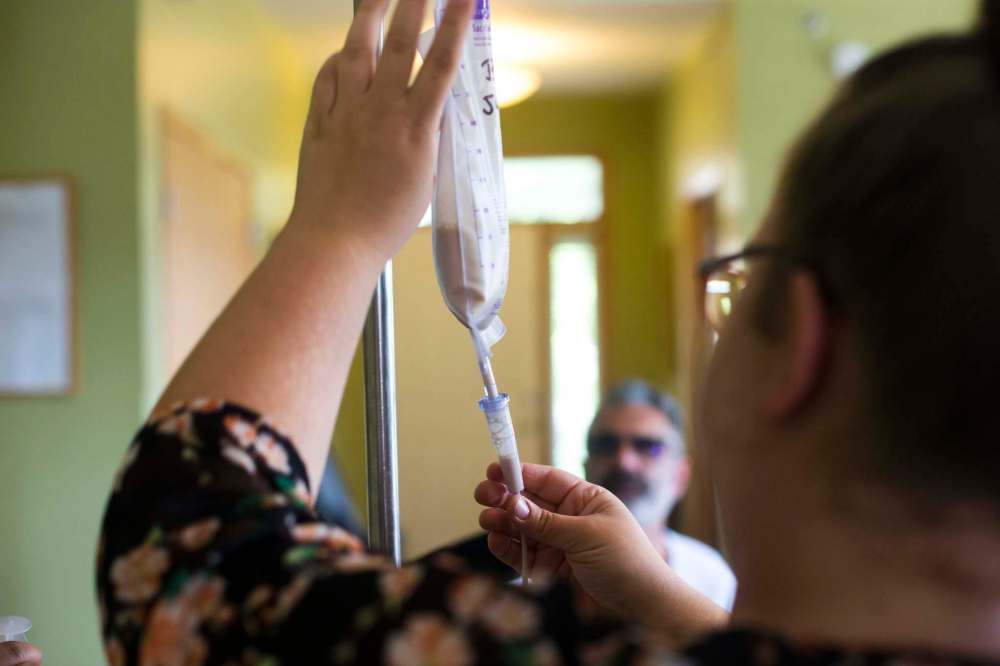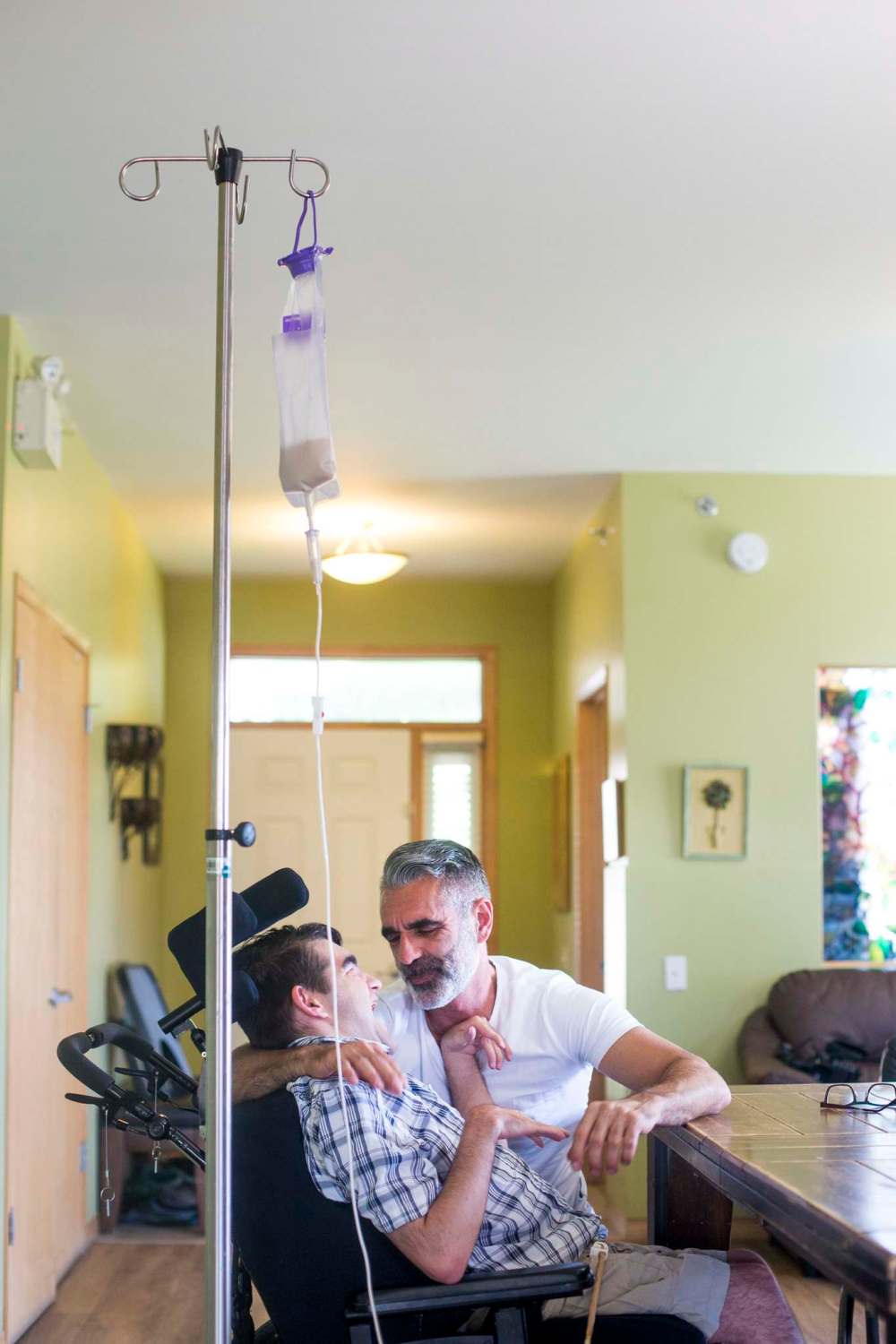Caring
St. Amant group home
Advertisement
Read this article for free:
or
Already have an account? Log in here »
To continue reading, please subscribe:
Monthly Digital Subscription
$0 for the first 4 weeks*
- Enjoy unlimited reading on winnipegfreepress.com
- Read the E-Edition, our digital replica newspaper
- Access News Break, our award-winning app
- Play interactive puzzles
*No charge for 4 weeks then price increases to the regular rate of $19.95 plus GST every four weeks. Offer available to new and qualified returning subscribers only. Cancel any time.
Monthly Digital Subscription
$4.99/week*
- Enjoy unlimited reading on winnipegfreepress.com
- Read the E-Edition, our digital replica newspaper
- Access News Break, our award-winning app
- Play interactive puzzles
*Billed as $19.95 plus GST every four weeks. Cancel any time.
To continue reading, please subscribe:
Add Free Press access to your Brandon Sun subscription for only an additional
$1 for the first 4 weeks*
*Your next subscription payment will increase by $1.00 and you will be charged $16.99 plus GST for four weeks. After four weeks, your payment will increase to $23.99 plus GST every four weeks.
Read unlimited articles for free today:
or
Already have an account? Log in here »
Hey there, time traveller!
This article was published 09/08/2018 (2711 days ago), so information in it may no longer be current.
At a group home operated by St. Amant in the southeast end of the city, 31-year-old Benjamin Brubacher prepares to eat dinner.
But Brubacher, who was born two months premature and was later diagnosed with cerebral palsy as well as being legally blind, doesn’t eat using a knife and fork — he uses a tube.

Four times a day — breakfast, lunch, dinner and snack — formula is put into a plastic bag with a tube running out at the bottom, and connected to another tube placed by doctors into Brubacher’s stomach.
Brubacher is tube-fed — known officially as being fed enterally.
“They receive all the vitamins, minerals and proteins that your body needs to thrive,” says Shea Wolff, a registered dietician at St. Amant.
The staff and caregivers at St. Amant look after the feeding needs of many children and adults — about 368 in total — living either at its main 440 River Rd. complex or at numerous group homes in the community.

Of that number, about 70 rely solely on tube-feeding.
Samantha Franklin, one of the support worker’s at the group home Brubacher lives at, begins preparing his formula. She takes a 237-millilitre carton of Resource 2.0 formula and mixes it with about 60 millilitres of water.
She then pours the entire mixture into a bag before hanging it on an IV pole. Brubacher has opted today to be fed sitting in his wheelchair by the dining room table, but sometimes he asks to go into the living room.
Once the lock on the tube is opened, the formula begins to drip down the tube. About 12 drops every 10 seconds.

“And now we wait,” says Brubacher’s dad Mark.
The feed will be continuous and take about 40 minutes. Several times, as the minutes tick by, Franklin asks Brubacher whether he is having any concerns with the feed. He says no.
Mark says his son was tube-fed from the time he was a baby until he was about nine and then he was able to eat puréed food until about five years ago.
“He was getting sick all the time — he would get pneumonia — because he would aspirate into his lungs. It is scary when he coughs. He is scared.”
Brubacher and his father made the joint decision to go back to tube-feeding exclusively. Since then Brubacher had gone from weighing about 84 pounds to his current 110.
When asked if he likes to be tube-fed, Brubacher says “yes.”

Forty minutes goes by quickly and soon the last of the formula snakes down the tube, the final bit is pushed down by Franklin using a syringe filled with water, and the tube is disconnected and washed.
And a few hours later, the process will be repeated again.
— Kevin Rollason
Photography by Mikaela MacKenzie


